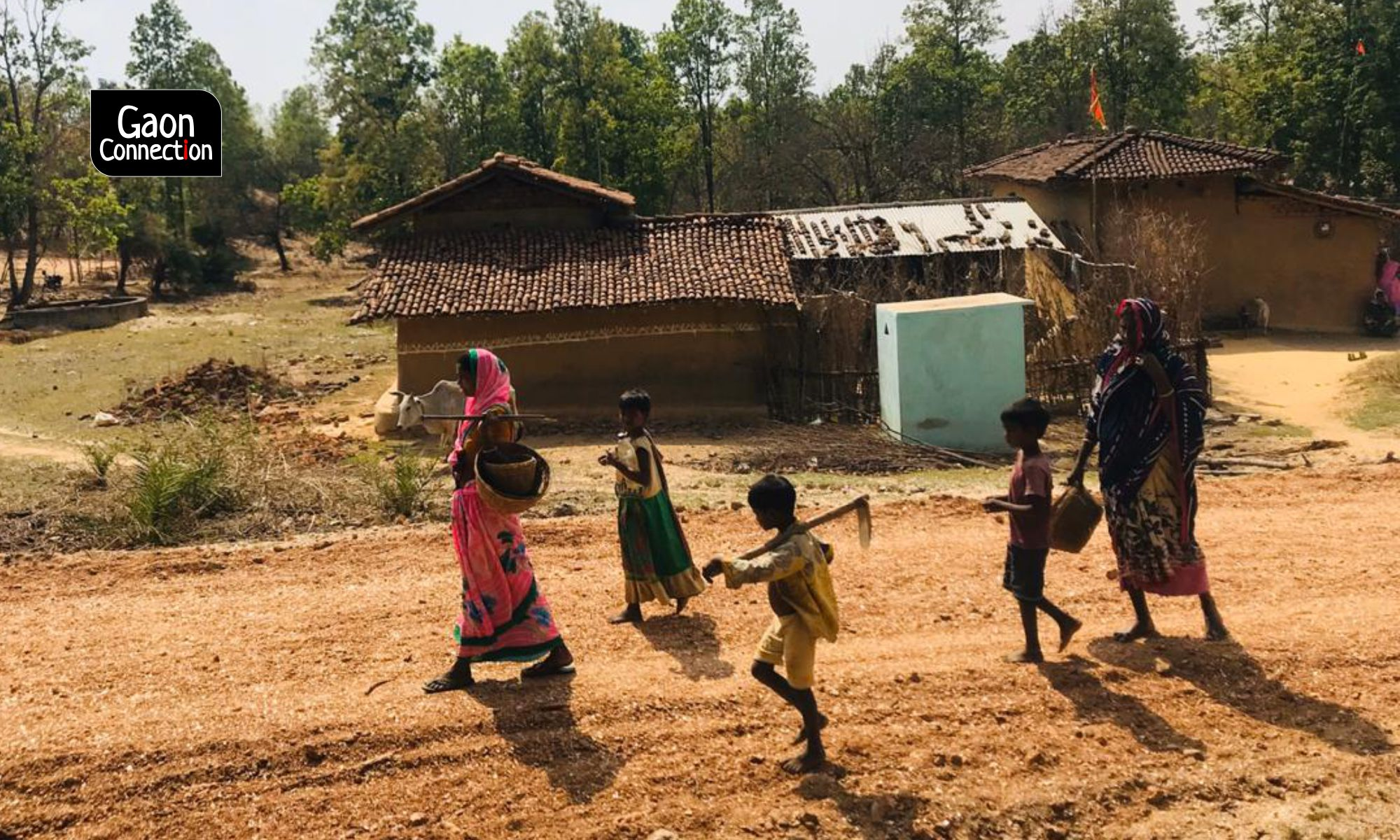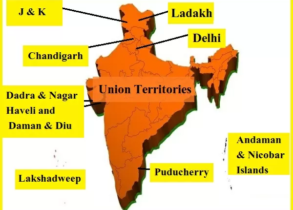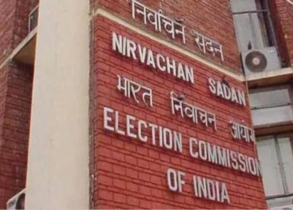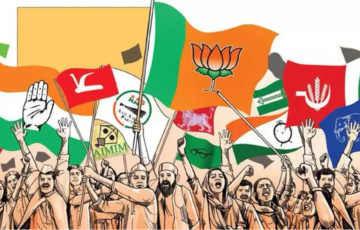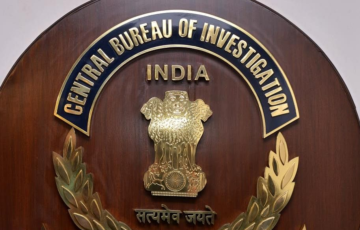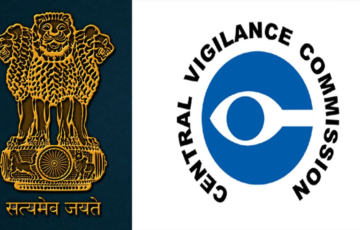SCHEDULED AND TRIBAL AREAS
Introduction
- Article 244 of the Indian Constitution provides for a special administrative system for designated areas known as ‘scheduled areas’ and ‘tribal areas.’ The governance and protection of the interests of these areas are addressed through two distinct schedules:
- Fifth Schedule: This schedule deals with the administration and control of scheduled areas and scheduled tribes in all Indian states except Assam, Meghalaya, Tripura, and Mizoram. It aims to safeguard the rights and interests of these communities, including land rights and self-governance, to prevent their exploitation.
- Sixth Schedule: The Sixth Schedule pertains to the administration of tribal areas in the northeastern states of Assam, Meghalaya, Tripura, and Mizoram. It grants these regions special autonomy, allowing them to establish their legislative and executive bodies for self-governance, acknowledging their unique cultural and tribal identities.
- These schedules provide a legal framework to protect and promote the well-being of scheduled and tribal areas, taking into account their distinct cultural identities and specific needs.
Administration of Scheduled Areas
- Part X of the Indian Constitution contains Articles 244–244 A, which specifically address Scheduled and Tribal Areas in the country. Here is a summary of the key provisions and points related to these areas:
- Designation of Scheduled Areas: The President of India has the authority to designate an area as a Scheduled Area.
The criteria for declaring a Scheduled Area under the Fifth Schedule of the Constitution of India are:
|
- Modification of Boundaries: The President can alter, expand, or reduce the boundaries of a Scheduled Area, subject to the approval of the state governor.
- Dual Administration: Both the Central government and the states’ share responsibilities in the administration of Scheduled Areas. The governor must annually report on the management of these areas to the President, while the Central government provides instructions to the state on their administration.
- Tribal Advisory Council: States with Scheduled Areas are required to establish a Tribal Advisory Council, consisting of 20 members, with three-fourths representing Scheduled Tribes in the state legislature.
- Governor’s Authority: The state’s governor can determine the applicability and implications of federal or state legislation in the state’s Scheduled Areas. The governor can also amend or revoke regulations related to these areas, but only with the President’s approval.
- Commission for Reporting: In 1960, the first commission, headed by U.N. Dhebar, was established to report on the administration and welfare of the Scheduled Areas.
- States with 5th Scheduled Areas: Ten states have areas designated as 5th Scheduled Areas, which include Andhra Pradesh, Chhattisgarh, Gujarat, Himachal Pradesh, Jharkhand, Madhya Pradesh, Maharashtra, Odisha, Rajasthan, and Telangana.
Administration of Tribal Areas
- The Sixth Schedule of the Indian Constitution outlines specific provisions for tribal territories in the states of Assam, Meghalaya, Tripura, and Mizoram, granting significant autonomy to the people in these areas. Here is a summary of the key features:
- Autonomous Districts: The tribal areas in these states are referred to as ‘Autonomous Districts,’ and while they have a degree of self-governance, the state retains executive power over them.
- Governor’s Authority: The state’s governor has the authority to organize or reorganize these tribal regions as autonomous districts. They can also change the names and boundaries of these areas.
- Autonomous Regions: A single autonomous district can encompass multiple tribes, and the governor can divide them into autonomous regions for more effective administration.
- District Councils: Each autonomous district has a District Council with 30 members. Four members are nominated by the governor and serve at their pleasure, while 26 members are elected through adult franchise for a five-year term.
- Powers of Councils: With the governor’s approval, both regional and autonomous councils have the authority to enact laws on various matters, including land, forests, water resources, shifting cultivation, village administration, property inheritance, marriage and divorce, social customs, and more.
- Resolution of Conflicts: Village councils and courts of trials may exist within the territorial boundaries of these councils to resolve disputes among tribes. However, the High Court can intervene if authorized by the governor.
- Exemption from Central and State Laws: These autonomous and regional councils are exempt from certain central and state laws unless these laws are modified and accepted by the councils.
- These provisions aim to provide tribal communities in these regions with a degree of self-governance and the authority to manage their affairs in line with their customs and traditions. The following are the tribal areas in each of the four states:
| State | Tribal Areas |
| Assam | 1. The North Cachar Hills District.
2. The Karbi Anglong District. 3. The Bodoland Territorial Areas District. |
| Meghalaya | 1. Khasi Hills District.
2. Jaintia Hills District. 3. The Garo Hills District. |
| Tripura | Tripura Tribal Areas District. |
| Mizoram | 1. The Chakma District.
2. The Mara District. 3. The Lai District. |
Special constitutional protections for marginalized groups, like tribal communities, are vital to correct historical injustices. However, addressing these issues goes beyond laws. It involves building trust, promoting a sense of security, and fostering belonging among both tribal and non-tribal populations. This requires inclusive policies, cultural sensitivity, empowerment, education, economic development, dialogue, collaboration, and enforcing legal protections. The goal is to create an environment where all individuals are treated with dignity and respect, ensuring sustainable development and well-being for tribal communities.
UPSC PREVIOUS YEAR QUESTIONS
1. With reference to Scheduled Areas in India, consider the following statements:
1. Within a State, the notification of an area as Scheduled Area takes place through an Order of the President.
2. With reference to Scheduled Areas in India, consider the following statements:
3. Within a State, the notification of an area as Scheduled Area takes place through an Order of the President.
How many of the above statements are correct?
(a) Only one
(b) Only two
(c) All three
(d) None

